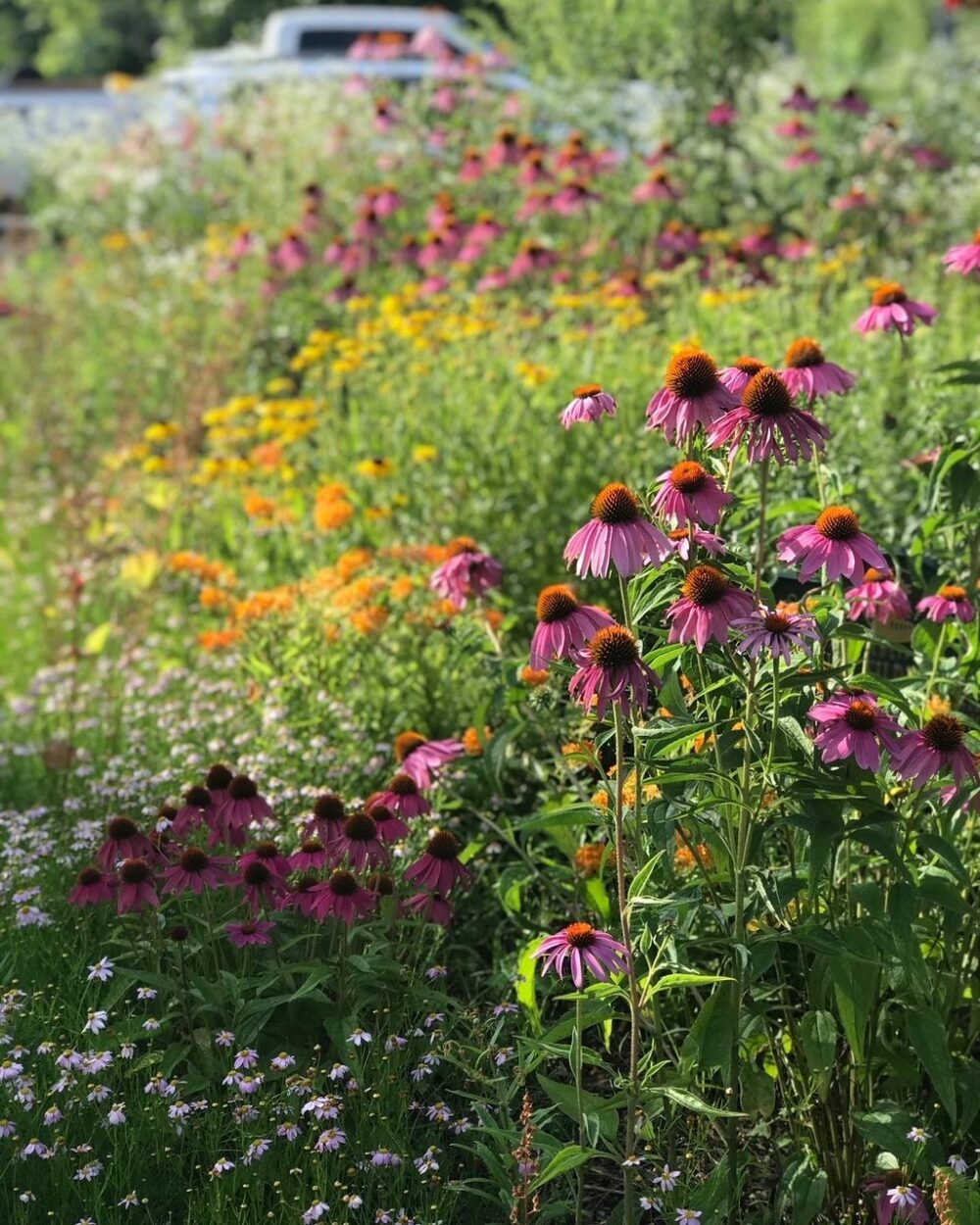We have much more to do and your continued support is needed now more than ever.
Four Ways to Provide Cover for Wildlife

Providing cover from the elements and a place to hide from predators is a great way to attract beautiful and interesting birds and other wildlife to your yard or garden. Cover is one of the components of habitat that all species need to survive and one of the requirements for those seeking Certified Wildlife Habitat status through our Garden for Wildlife program.
Here are four different cover features that we offer via National Wildlife Catalog. I’ve personally reviewed each of these cover features to make sure the design is high quality. Even better, the proceeds from the sale of these items go directly to support the National Wildlife Federation’s conservation programs.
Roosting Box
 On cold nights, birds that don’t migrate south for the winter look for a place to stay warm. Species such as bluebirds, chickadees, titmice and even screech owls need a special roosting box designed to offer this kind of cover.
On cold nights, birds that don’t migrate south for the winter look for a place to stay warm. Species such as bluebirds, chickadees, titmice and even screech owls need a special roosting box designed to offer this kind of cover.
Roosting boxes are similar to nesting boxes, but have a few key differences. The entry hole is at the bottom rather than the top, which helps the box retain heat. Inside, roosting boxes are filled with perches to accommodate several birds seeking shelter.
Our roosting box opens up for easy clean-out, and the opening has a slate guard which prevents squirrels from chewing it open. It’s handcrafted in Maine from eastern white pine and measures 7 3/4″h x 18″w x 7″d.
Get it HereBat House
 Bat houses are a great way to offer cover to these unique flying mammals. You’ll be rewarded as they gobble up insects in the warm months, including mosquitoes. Our bat house is made in the USA out of weather-resistant cedar and plywood. Interior nylon mesh makes it easy for bats to move around and ventilation slots circulate air. The extended landing platform at the bottom offers an easy entrance. It measures 24″h x 14 1/4″w x 3″d and can accommodate up to 100 bats.
Bat houses are a great way to offer cover to these unique flying mammals. You’ll be rewarded as they gobble up insects in the warm months, including mosquitoes. Our bat house is made in the USA out of weather-resistant cedar and plywood. Interior nylon mesh makes it easy for bats to move around and ventilation slots circulate air. The extended landing platform at the bottom offers an easy entrance. It measures 24″h x 14 1/4″w x 3″d and can accommodate up to 100 bats.
Toad House
 Toads, like their frog cousins are amphibians, but they are more terrestrial, living in the leaf litter and undergrowth. As with all amphibians, toads avoid exposure to the drying heat of the sun, and also need hiding places from predators. Toad houses are not only the perfect place for toads to hide out, they also provide a little bit of whimsy to your wildlife garden.
Toads, like their frog cousins are amphibians, but they are more terrestrial, living in the leaf litter and undergrowth. As with all amphibians, toads avoid exposure to the drying heat of the sun, and also need hiding places from predators. Toad houses are not only the perfect place for toads to hide out, they also provide a little bit of whimsy to your wildlife garden.
The toads will reward your hospitality by gobbling up pest insects. Ours is made out of ceramic and easures approximately 7 3/4″h x 7 1/2″w x 4″l.
Get it HereSquirrel House
 Love ’em or hate ’em, squirrels are a fact of life in a bird-friendly yard. That’s because squirrels use the same kind of habitat as birds, and they won’t say no to an easy meal at your bird feeder. They’ll also take over bird nesting boxes by chewing the entry hole open so they can fit in, destroying it for the birds in the process.
Love ’em or hate ’em, squirrels are a fact of life in a bird-friendly yard. That’s because squirrels use the same kind of habitat as birds, and they won’t say no to an easy meal at your bird feeder. They’ll also take over bird nesting boxes by chewing the entry hole open so they can fit in, destroying it for the birds in the process.
Many people have adopted a “if you can’t beat them, join them” attitude toward squirrels, setting out special feeding stations for the hungry rodents. Similarly, you can also offer them special boxes where they can find cover from the weather and from predators.
Our squirrel house offers the these fiesty rodents a place to call their own and features a side entry hole to give them easier access to the box. It measures 17 3/4″h x 9 1/4″w x 11″d and should be hung in a tree.
Get it HereEvery wildlife garden should include: food, water, cover, places to raise young and be managed with sustainable practices.
Related posts:
5 Ways to Provide Food for Birds
4 Ways to Provide Water for Birds






















